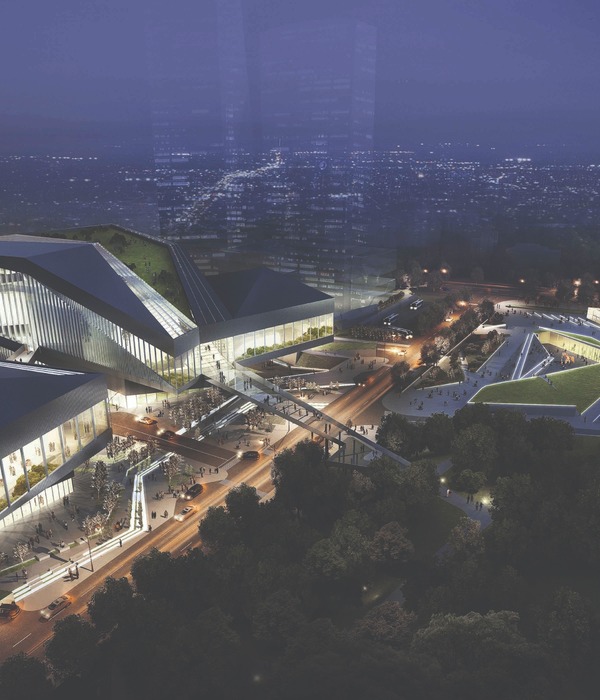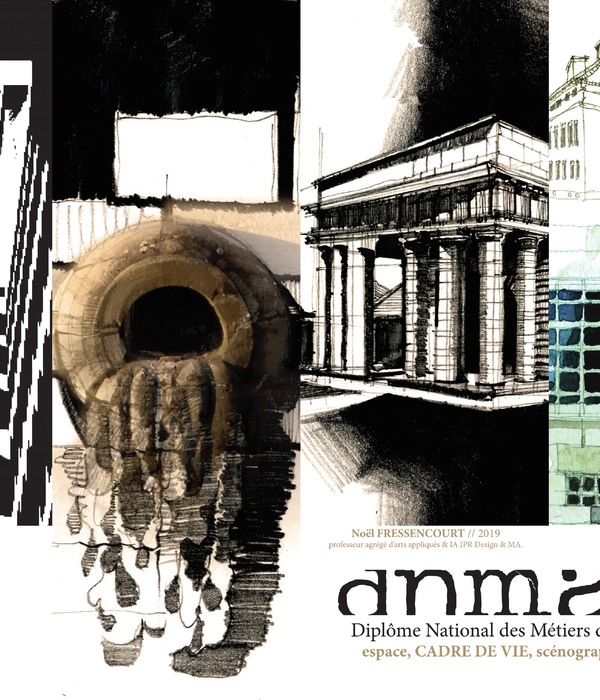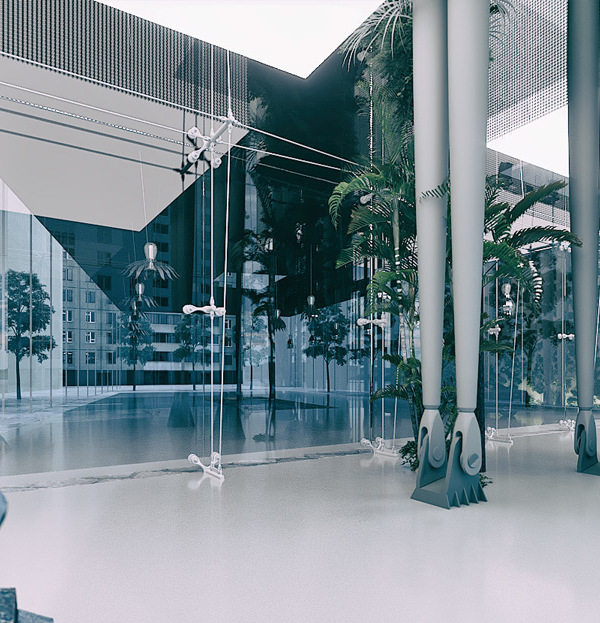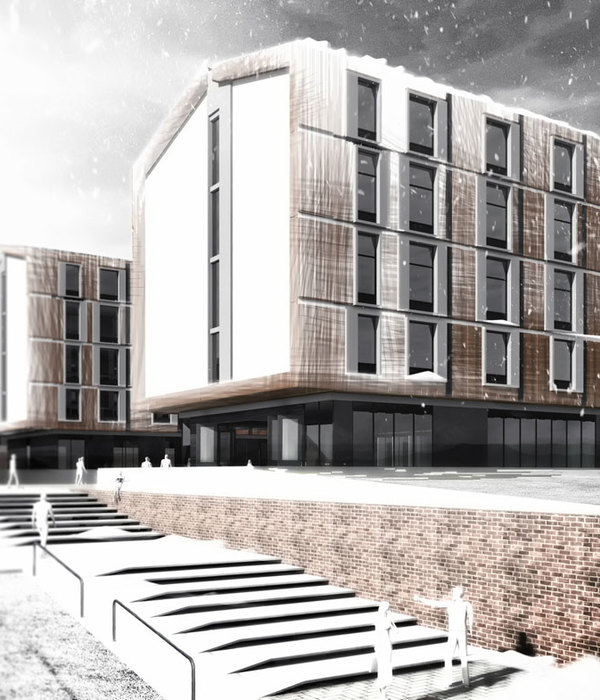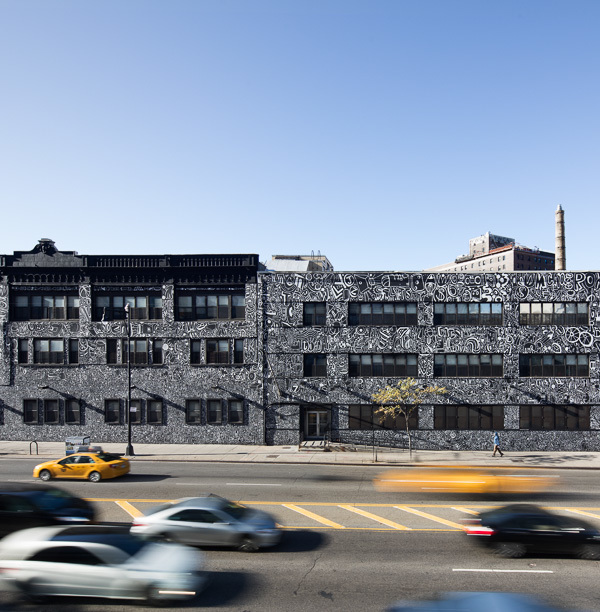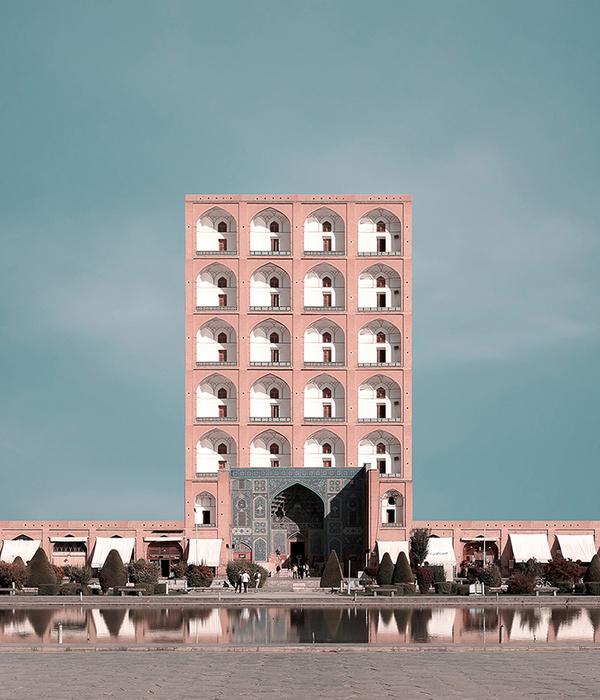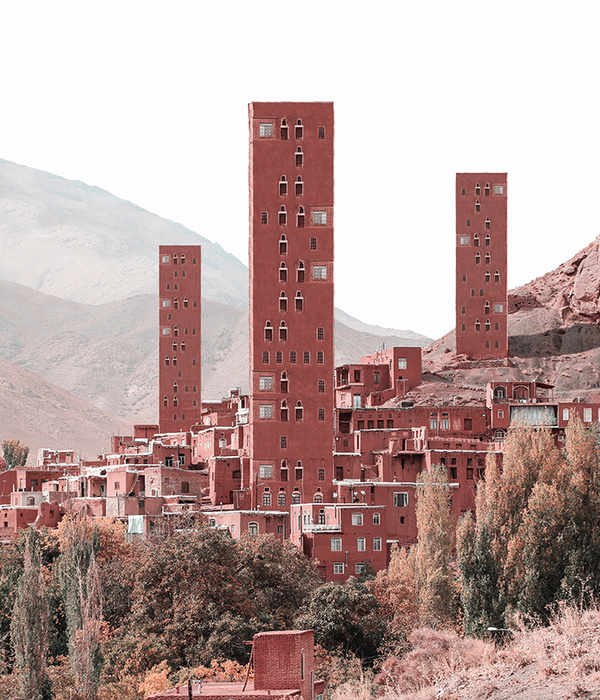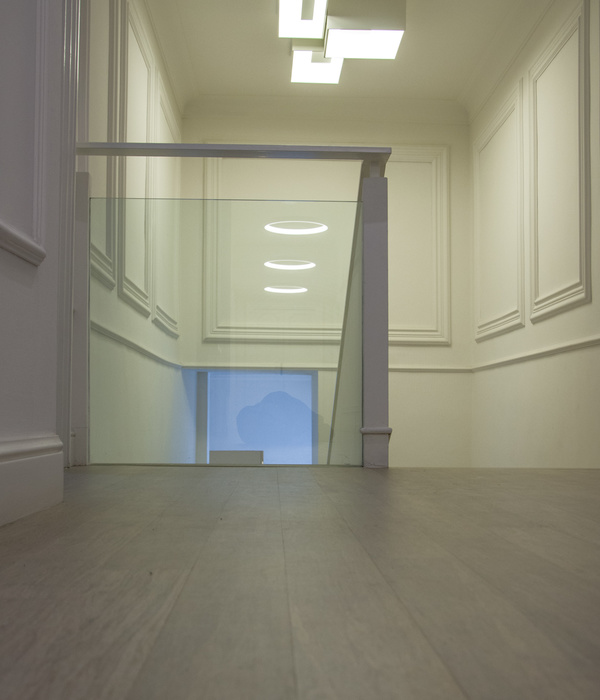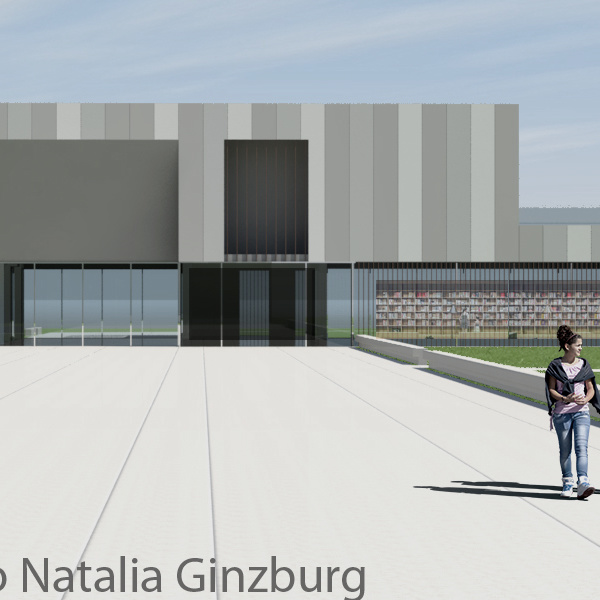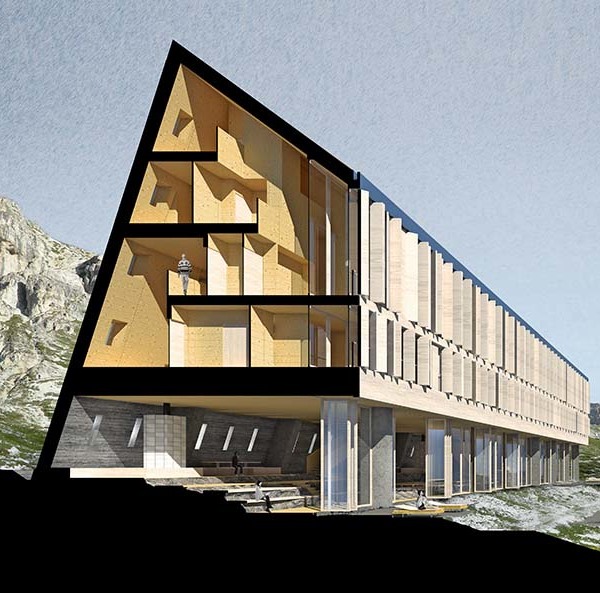废弃马厩变宜居住宅,原汁原味保留历史痕迹
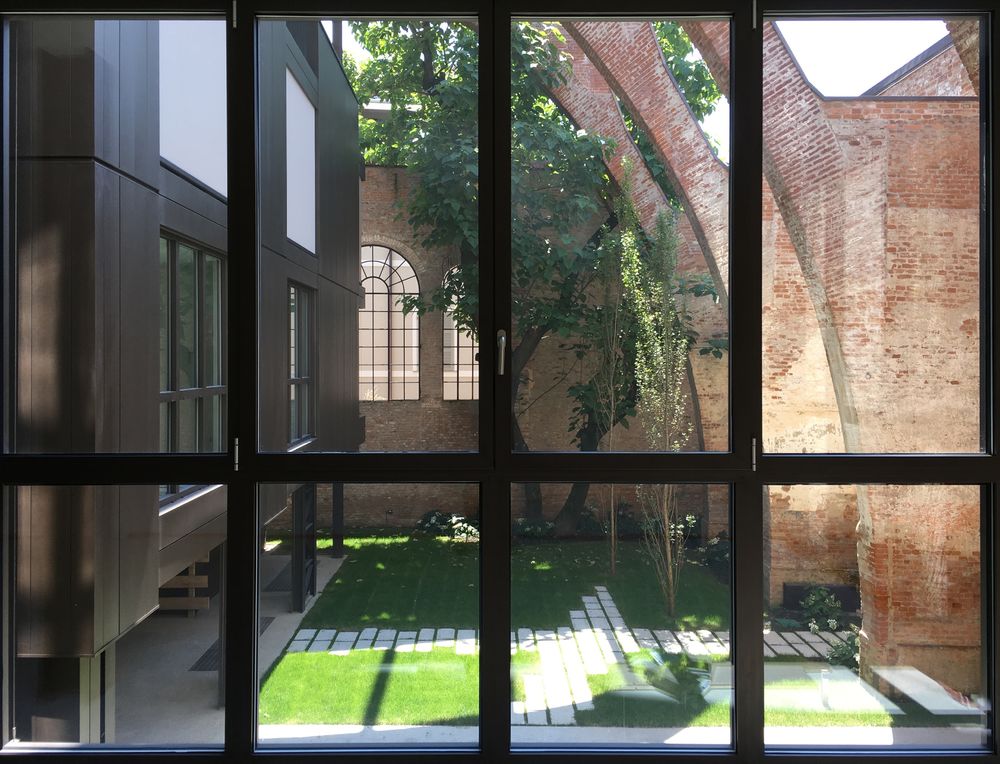
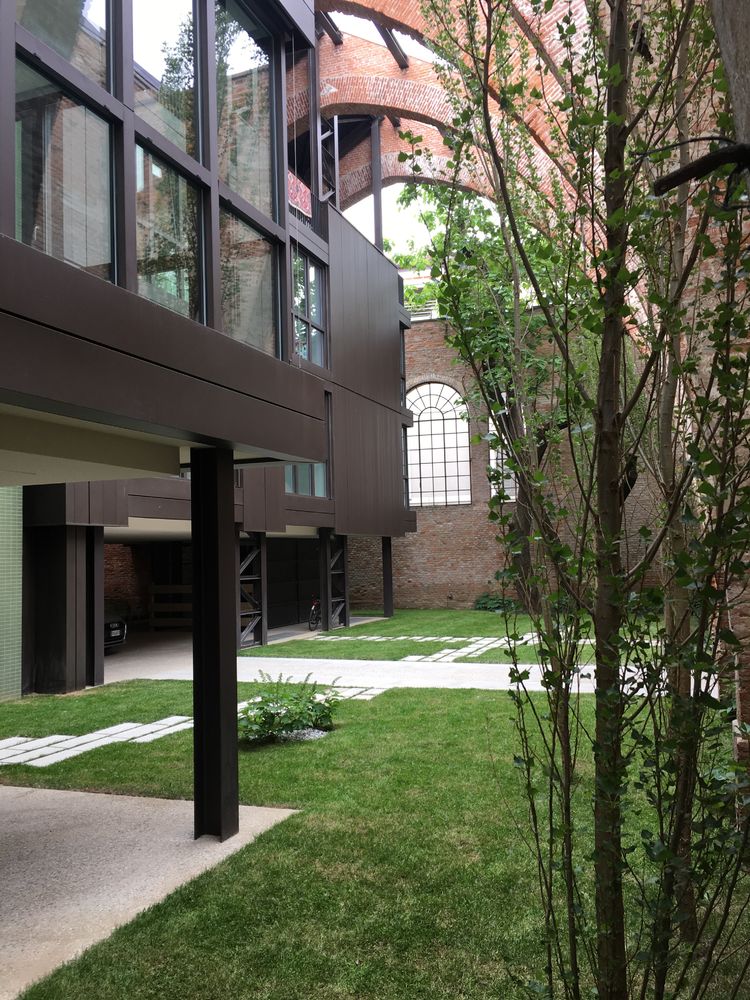
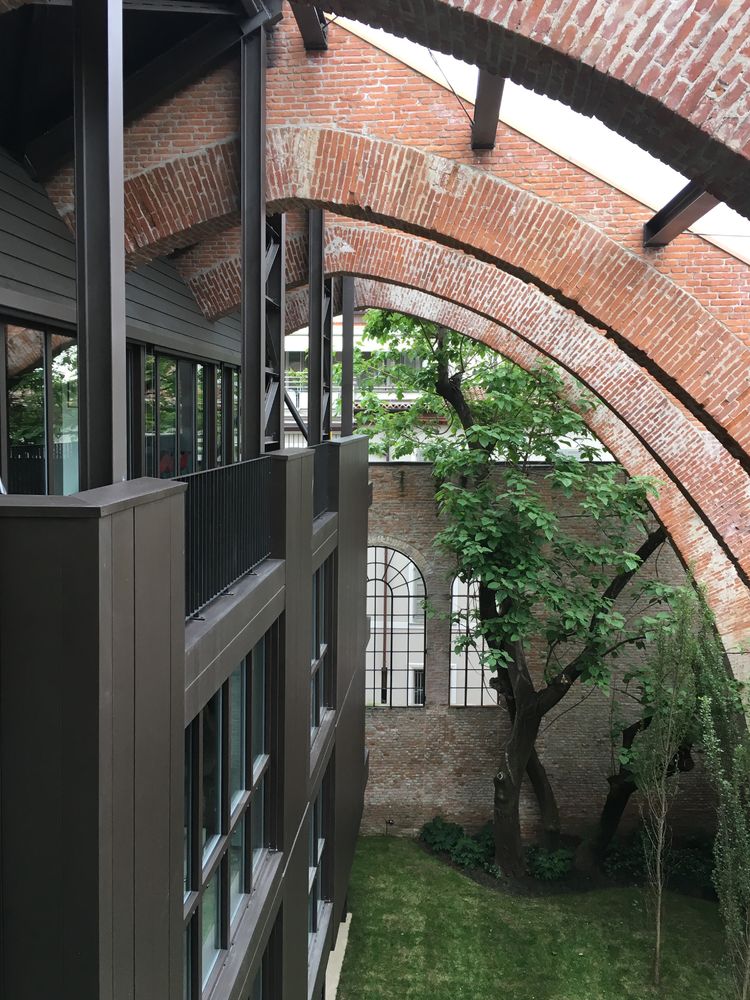



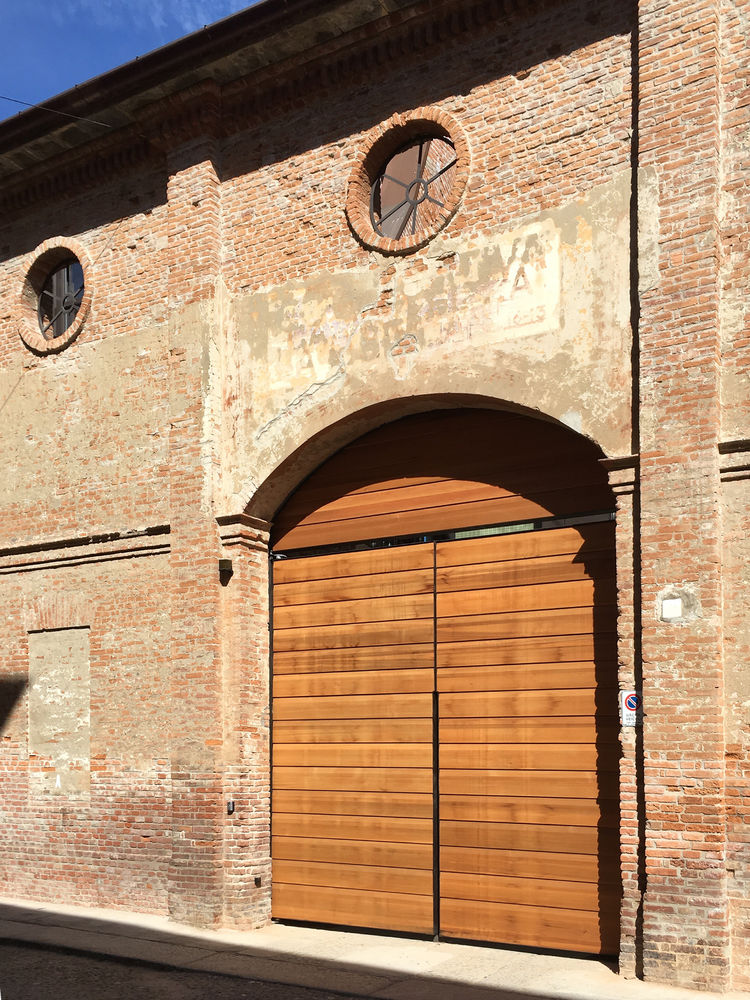
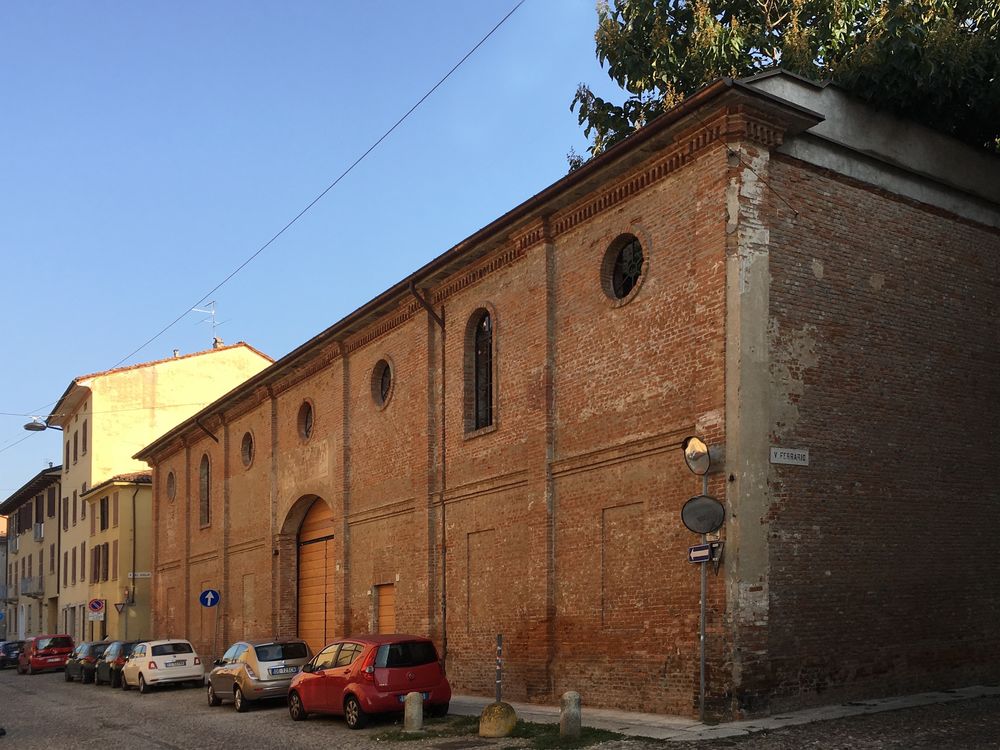
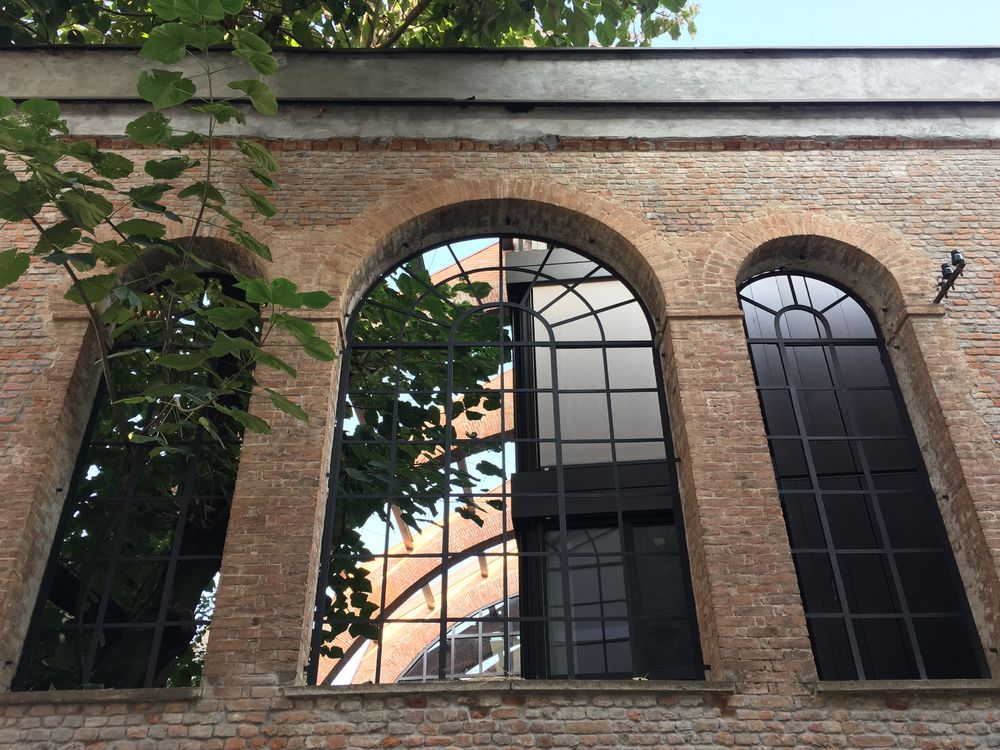
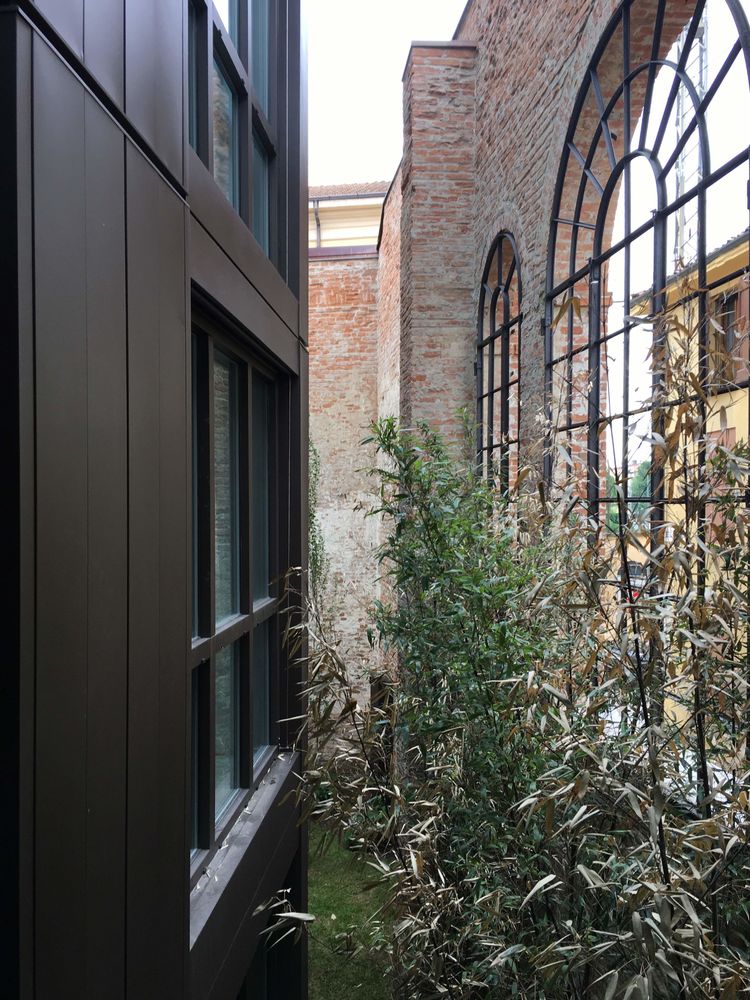

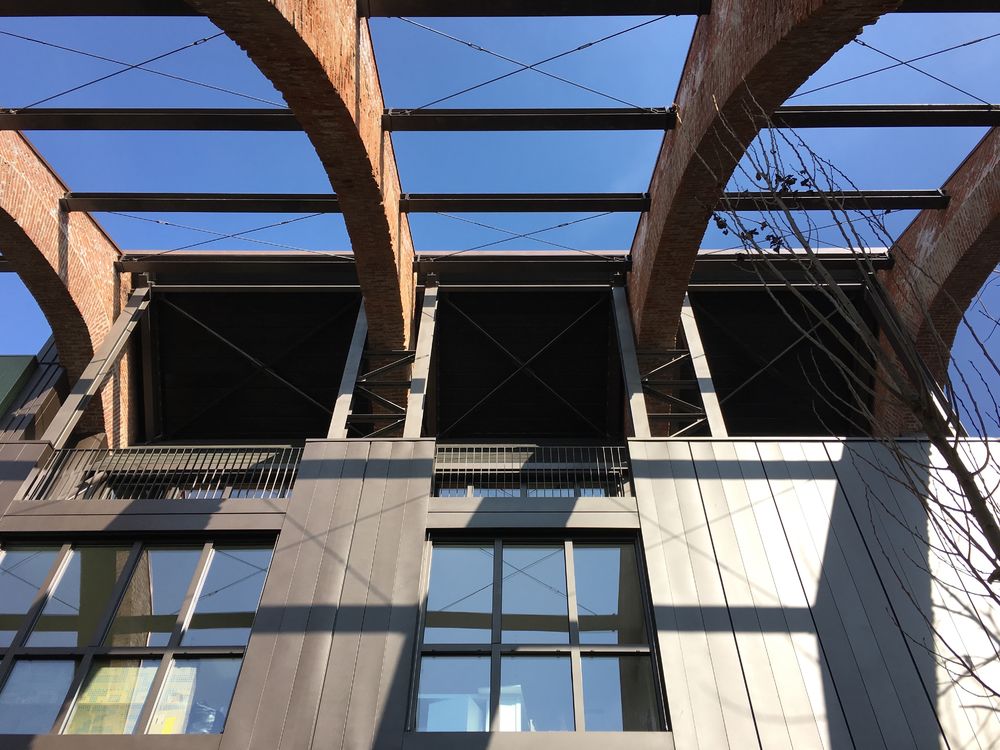
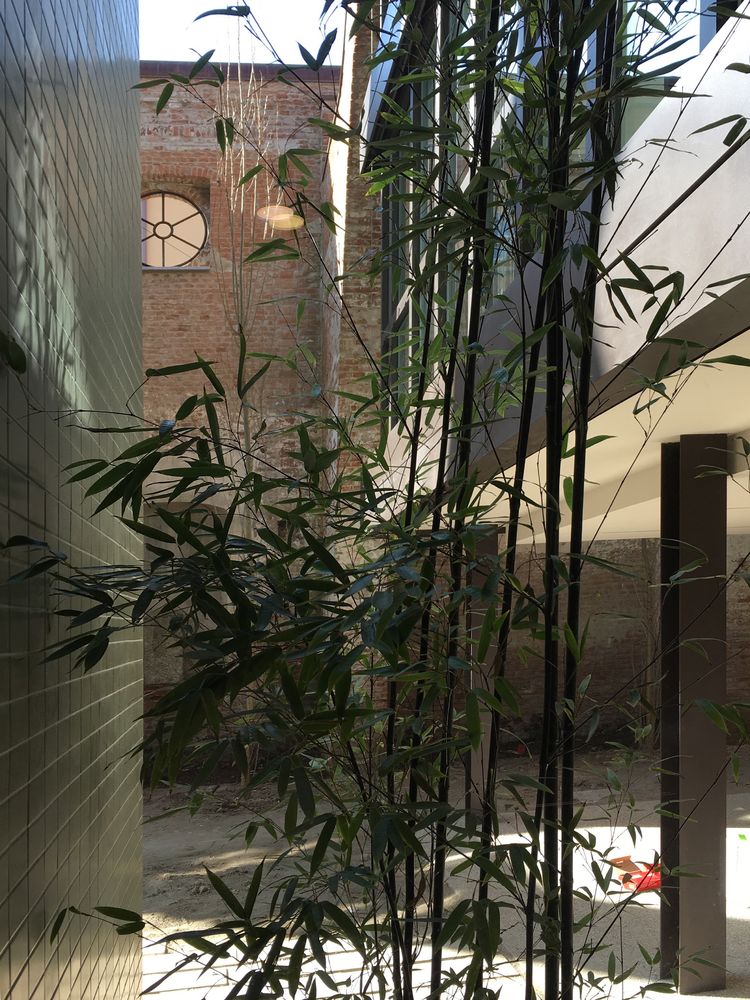

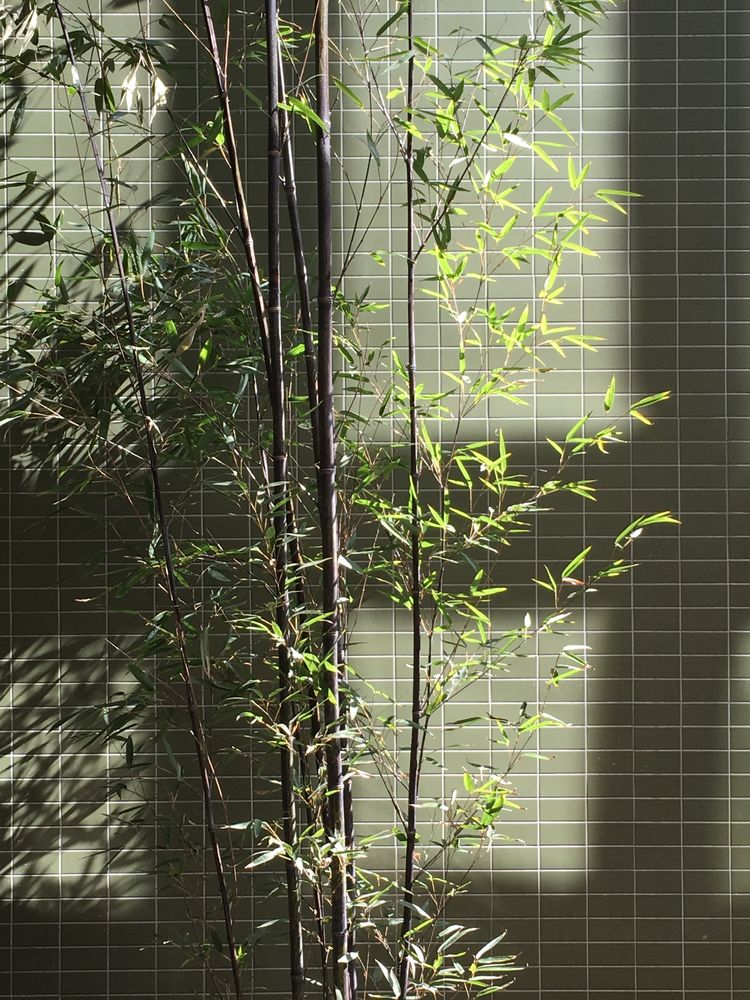
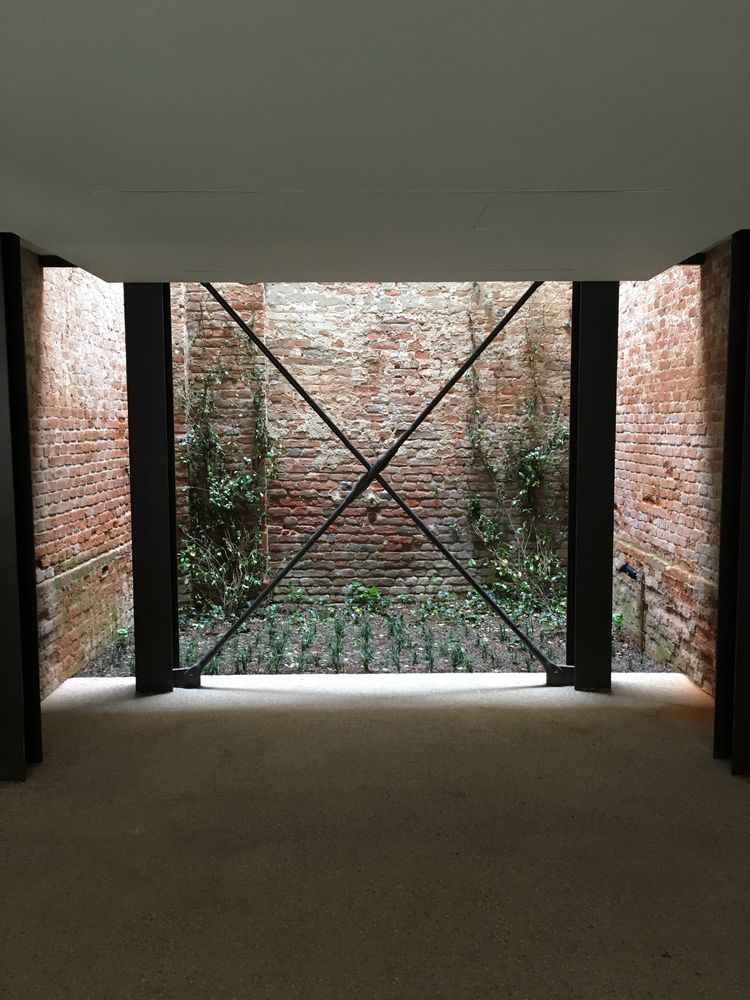
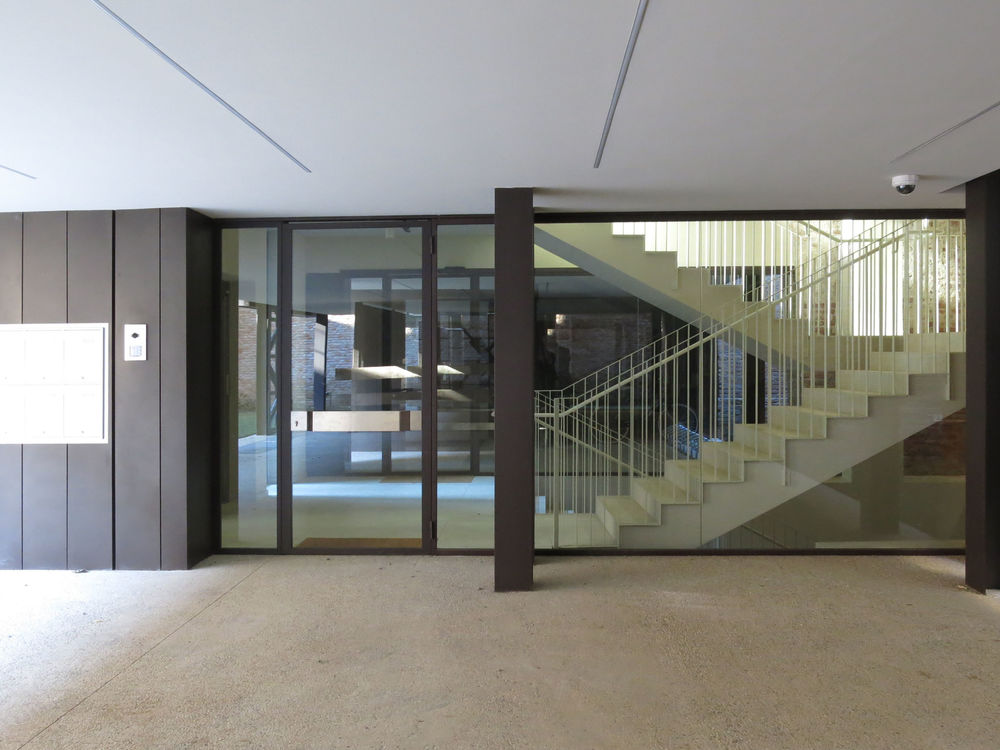
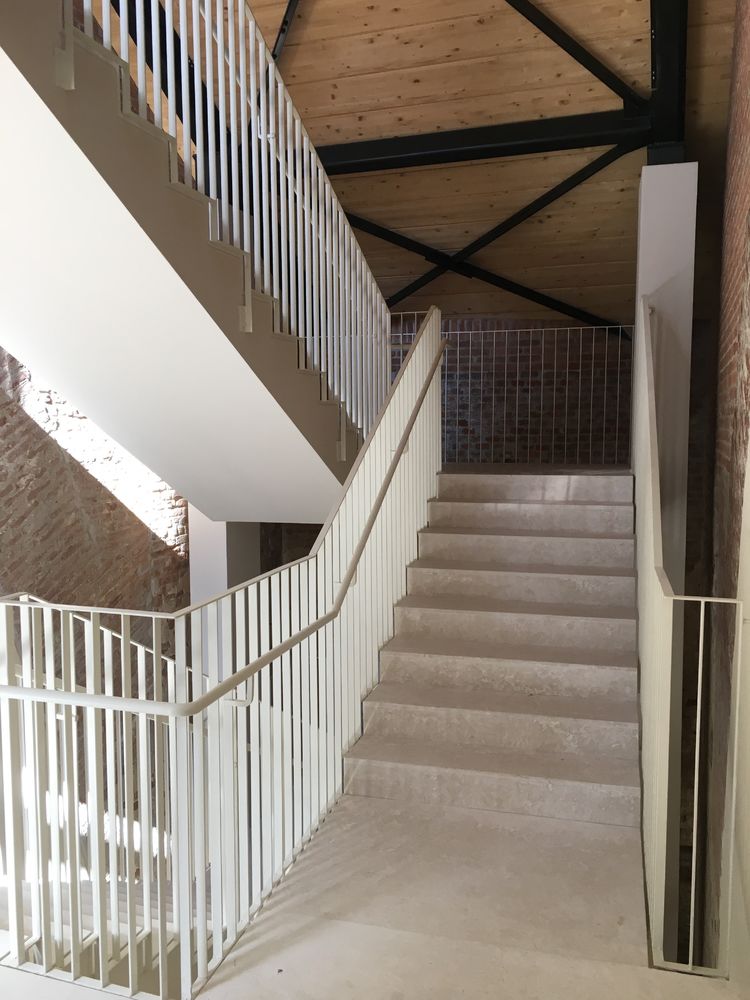
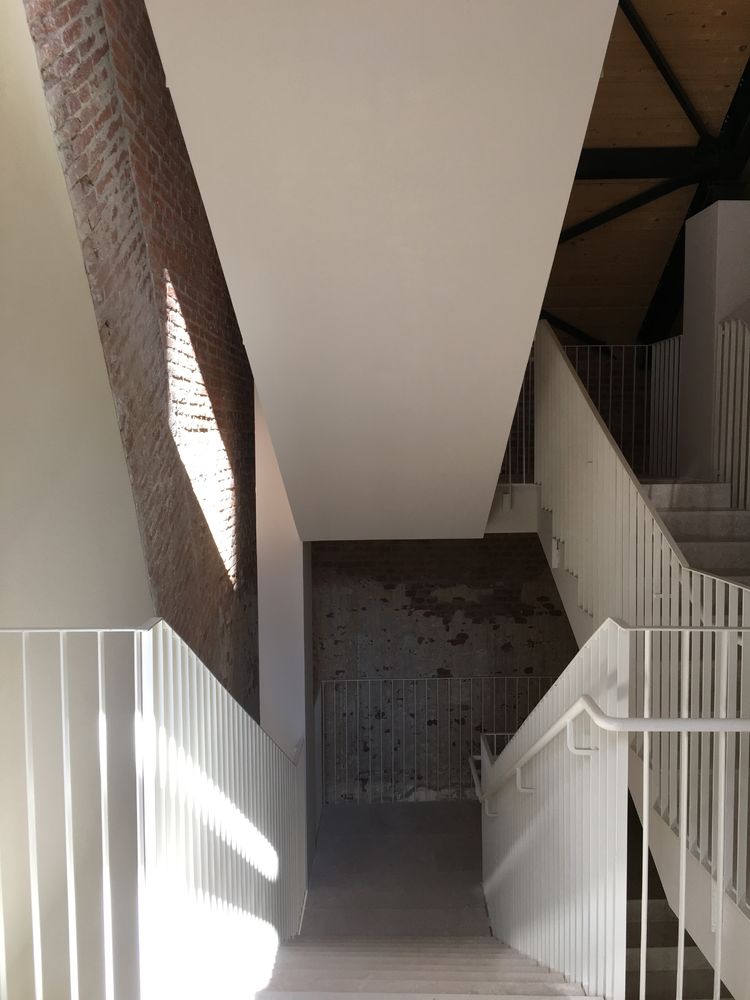
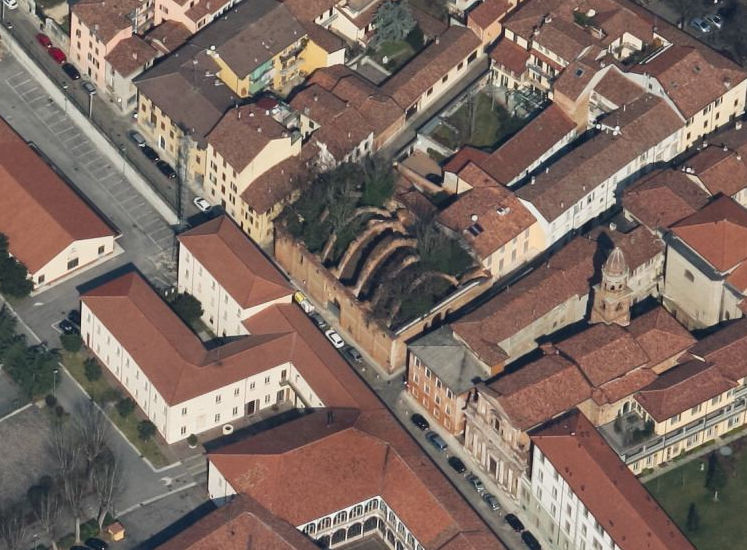
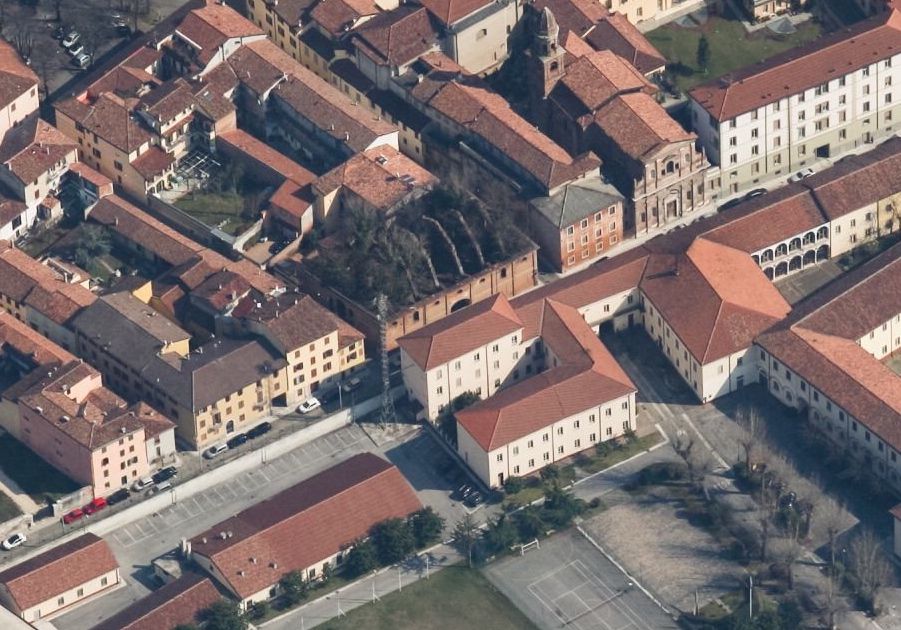
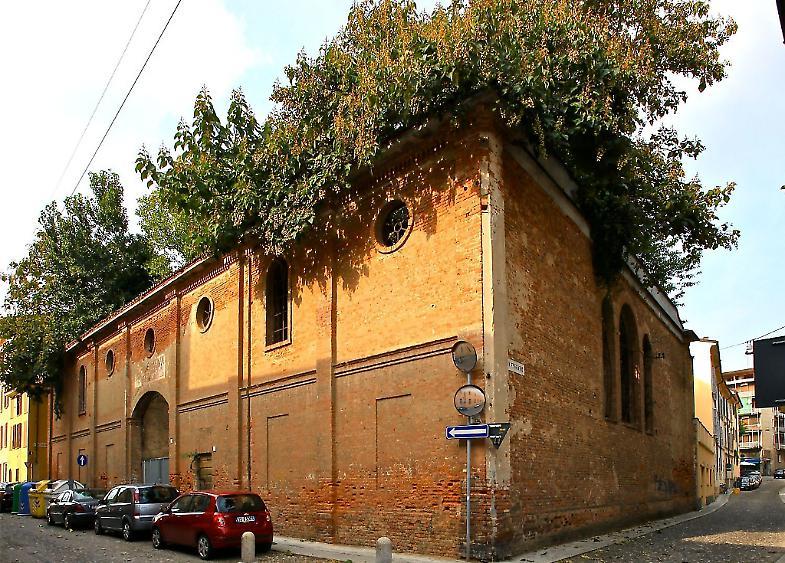
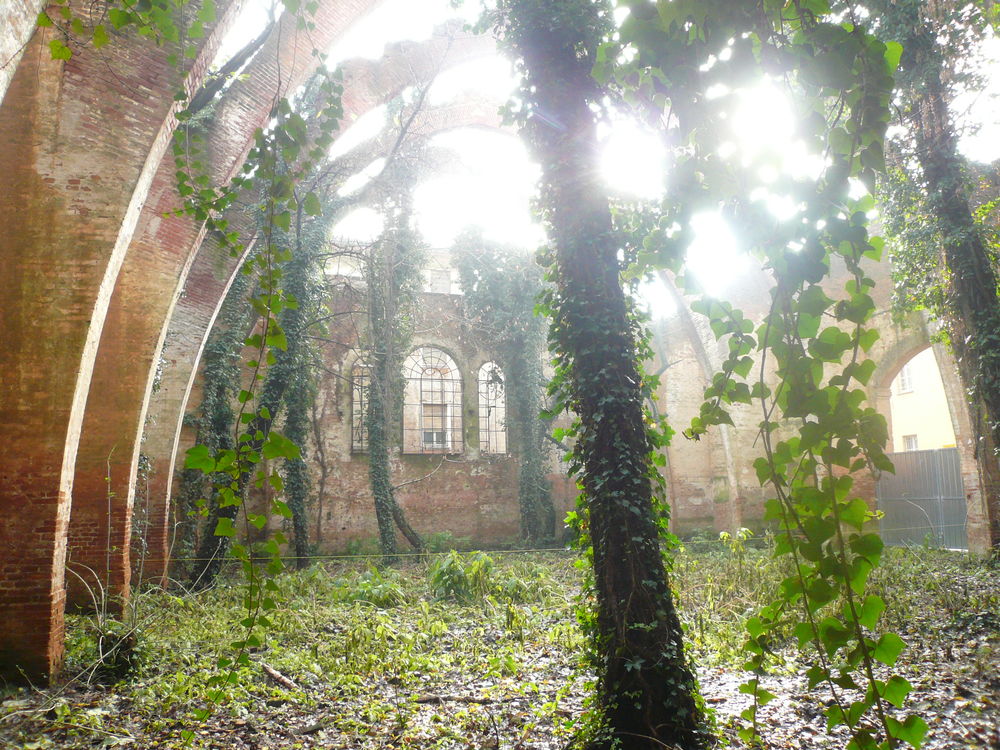
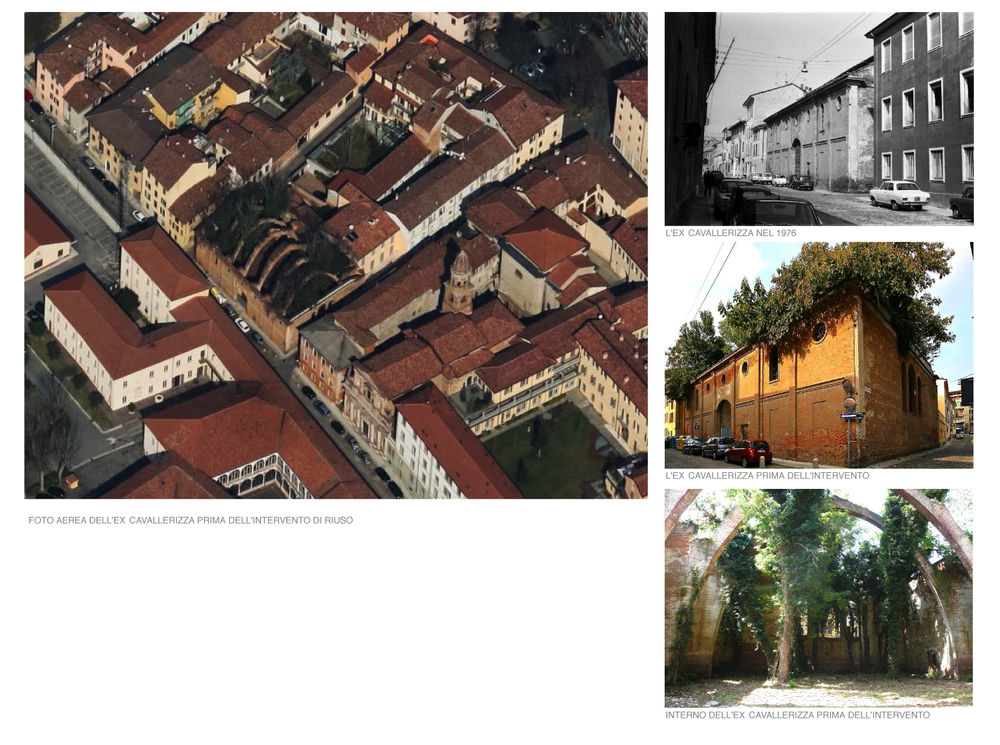

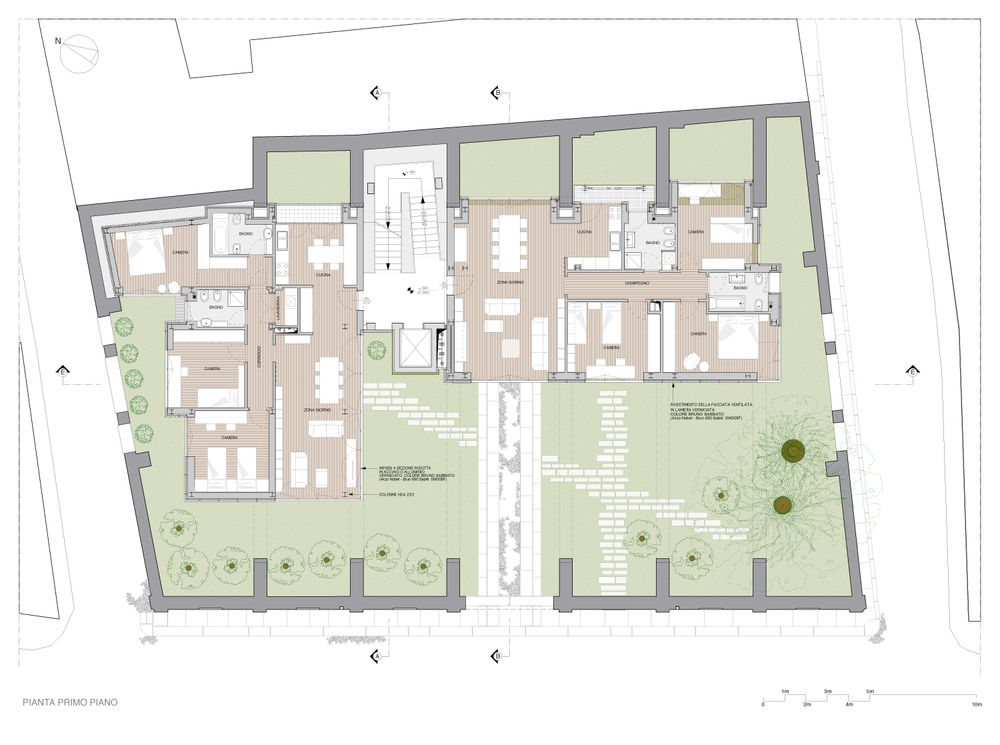
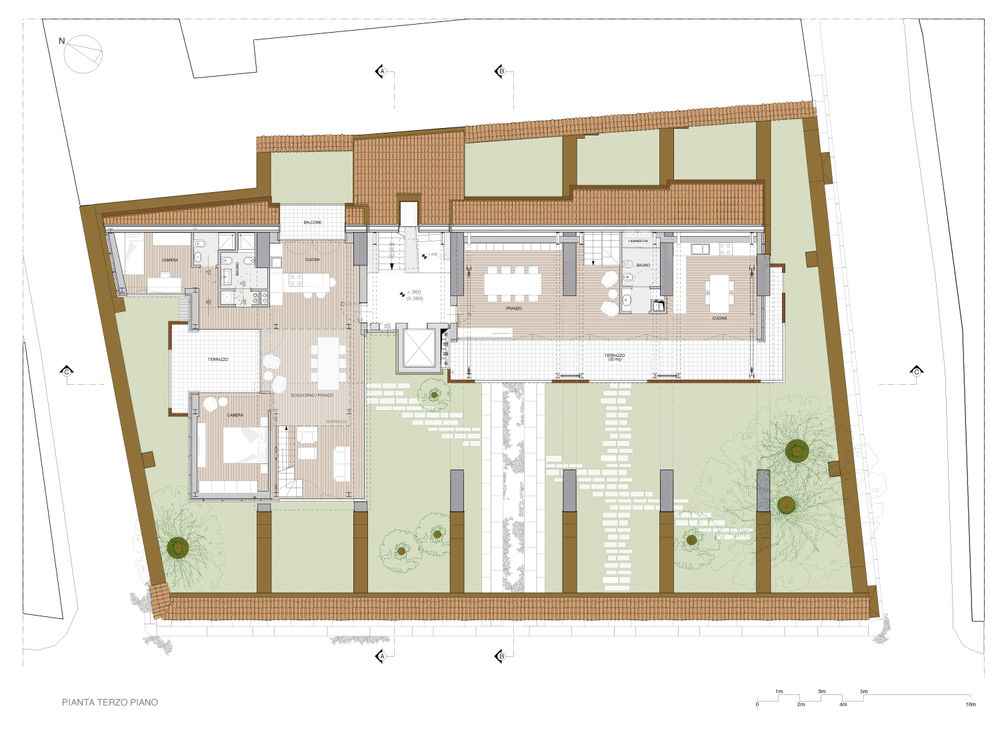
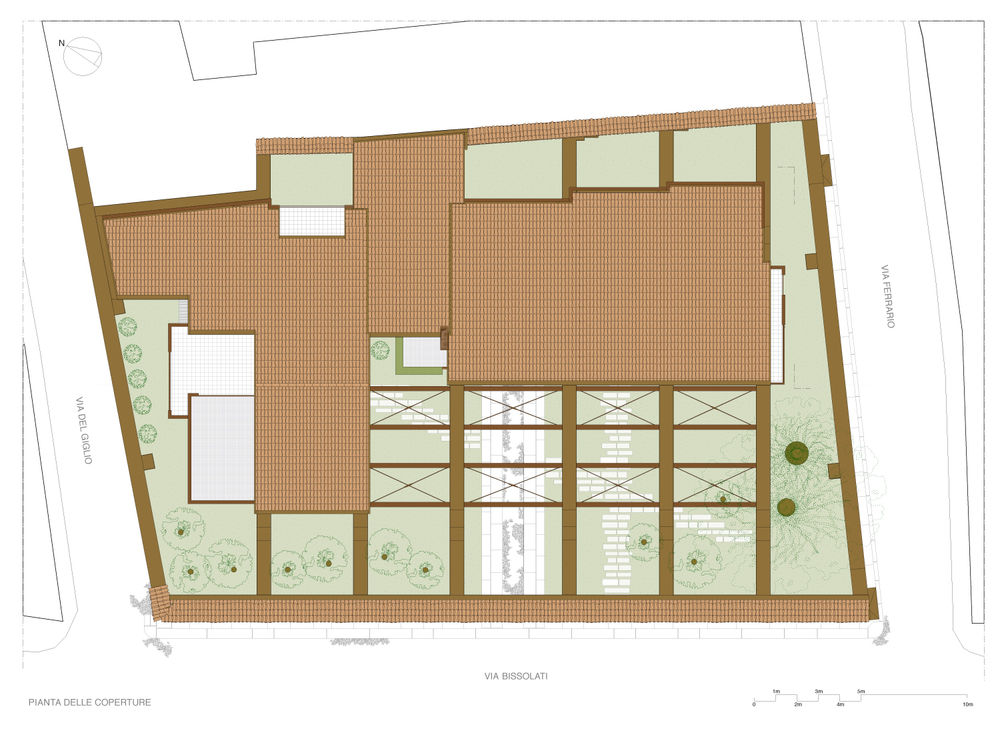
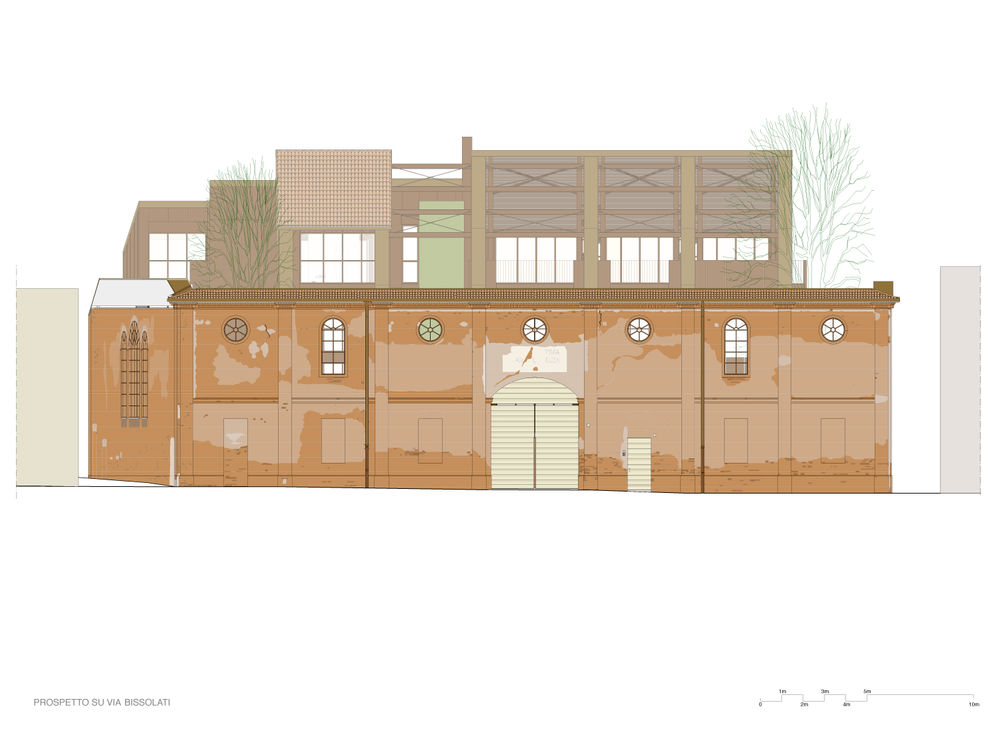

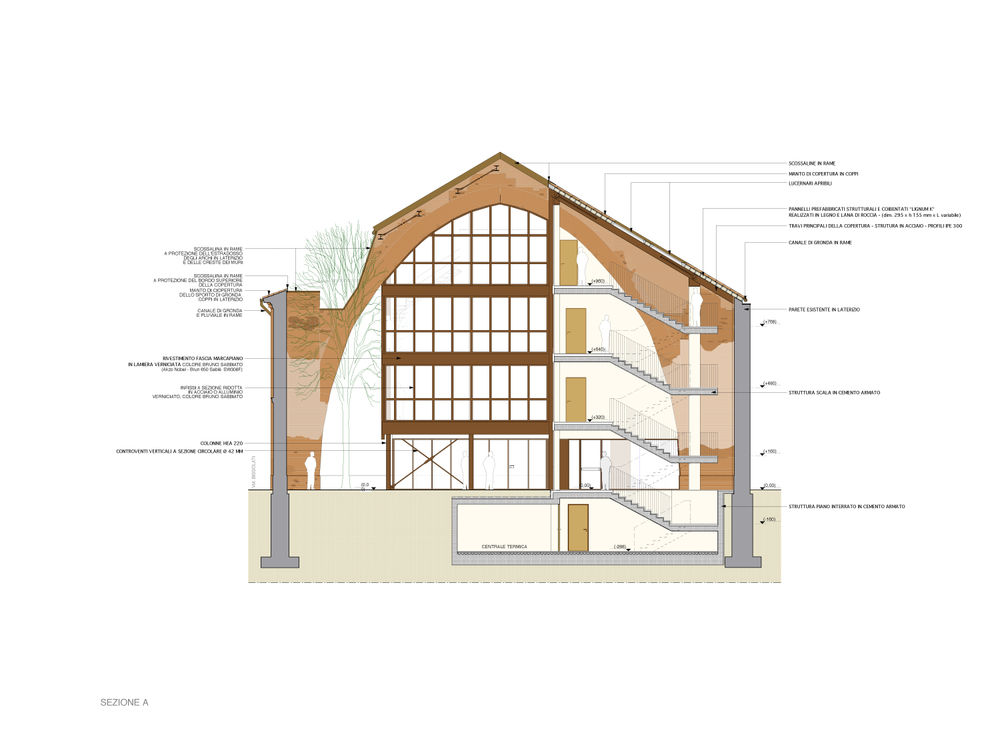

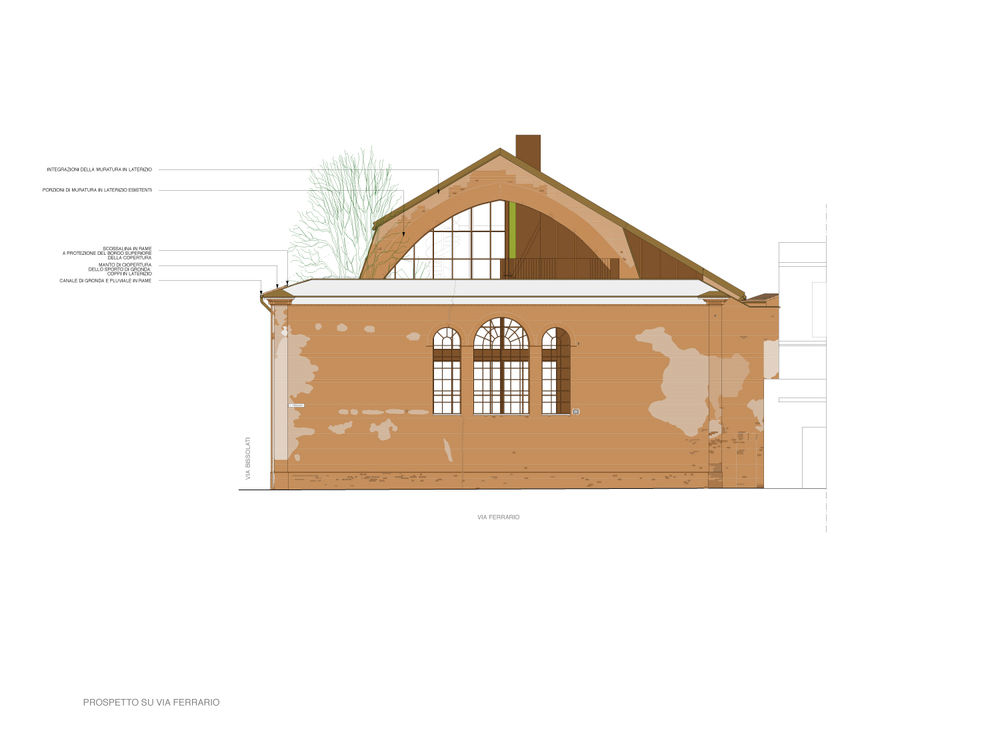
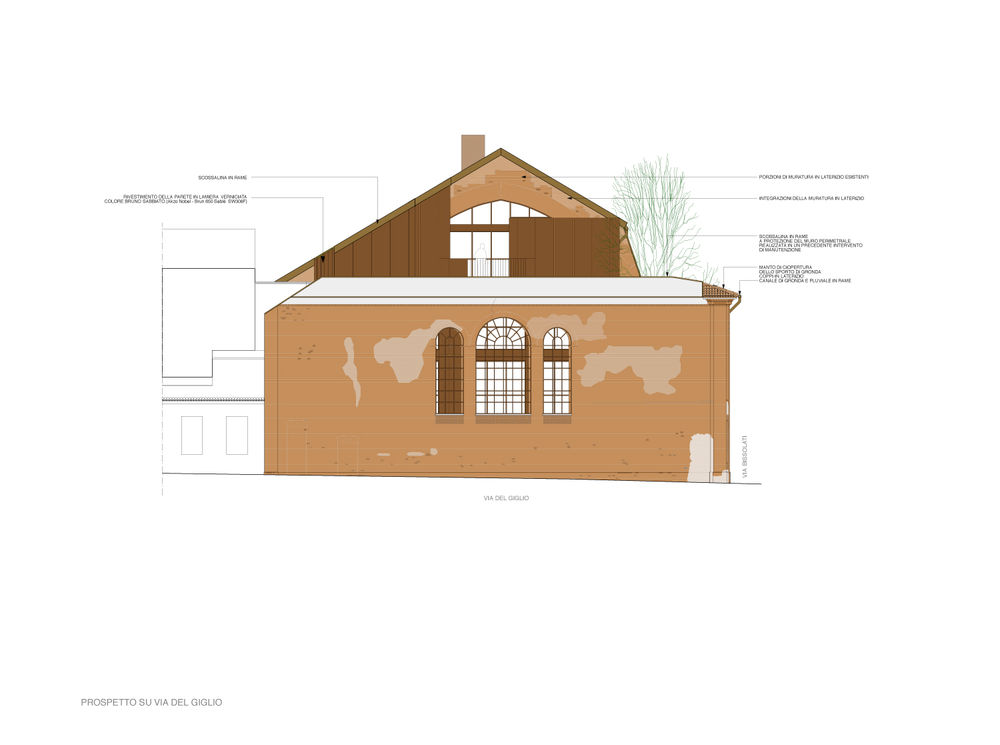
La Cavallerizza di via Bissolati venne costruita alla fine del 1800 come maneggio coperto a servizio dell’adiacente caserma di cavalleria, uso al quale è stata adibita sino alla seconda guerra mondiale, nel dopoguerra è stata poi utilizzata come magazzino.
L'assenza di interventi di manutenzione aveva provocato il progressivo degrado della struttura in mattoni in cui è realizzata, degrado culminato con il crollo della copertura avvenuta verso la fine degli anni 70. Circa trent'anni di assenza della copertura hanno poi fatto sì che all'interno della Cavallerizza crescessero arbusti di ogni tipo e piante di alto fusto.
Nel 2009 la Cavallerizza viene venduta dal Demanio dello Stato attraverso un’asta pubblica e l’edificio è acquistato da una società immobiliare al fine della sua trasformazione in residenze.
I lavori sono iniziati a gennaio 2016 e terminati nel 2019.
Il restauro della struttura esistente è stato essenzialmente conservativo, l'obiettivo principale era la rimozione delle cause del degrado e non il ripristino dell'aspetto materico delle superfici, ad eccezione delle parti ove gli stessi interventi di consolidamento o di integrazione sono stati necessari per la migliore conservazione della struttura. E’ stato poi ricostruito il profilo di estradosso degli archi ad ogiva che dividono lo spazio interno in sette campate, dove erano visibili le sedi delle travi di legno che costituivano l'orditura principale della copertura a doppia falda.
Alla base del progetto di riuso c’è stata la volontà di conservare l’immagine di “Hortus Conclusus” che l’edificio aveva acquisito durante il periodo di abbandono, confrontandosi con il tema dell'edificio nell'edificio.
Da qui la scelta di ricostruirne solo parzialmente la copertura e di lasciare l'involucro formato dalla muratura in mattoni come una seconda pelle, all'interno della quale sorgesse la nuova struttura.
In questo modo lo spazio interno all'edificio ha assunto connotazioni e valenze diverse dalle originarie. Quello che era un interno è diventato uno spazio esterno, ampio in alcuni punti e più compresso in altri, con nuove dimensioni e proporzioni, con una nuova ragione d'essere e con valenze spaziali legate alla nuova fruizione dell'edificio.
Gli elementi che compongono la struttura originaria hanno assunto nuovi significati attraverso le relazioni instaurate con la nuova struttura. Le pareti in muratura esistenti fanno da filtro e da sfondo dei nuovi ambienti interni in corrispondenza delle grandi pareti vetrate, impreziosendoli con la loro matericità segnata dal tempo. Le metà degli archi lasciati in vista scandiscono il giardino, le parti degli archi che si intersecano con la nuova struttura ne articolano gli spazi interni. Alcuni degli alberi cresciuti nel tempo sono stati conservati nella loro imponenza e nuovi alberi sono stati piantati.
In sintesi, l'obiettivo ideale del progetto di riuso è stato la realizzazione di una struttura che dialogasse senza mimetismi formali con la preesistente ma che allo stesso tempo “appartenesse” ad essa per geometrie, materiali, dimensioni e proporzioni. Da qui deriva anche la scelta di un unico materiale, il metallo verniciato in colore bruno per tutte le parti a vista, e l'utilizzo di grandi superfici vetrate.
The Cavallerizza of Via Bissolati was built in the mid-1800s as a covered stables serving the adjacent cavalry barracks, to which it was used until World War II, after the war it was used as a warehouse. The absence of maintenance operations has resulted in the gradual deterioration of the exposed brick structure in which the building is made, a deterioration culminating in the collapse of the cover which occurred in the late 70s.
About thirty years of absence of the roof have meant that all kinds of shrubs and tall trees have grown inside the Cavallerizza.
In 2009 the Cavallerizza was sold by the State Property Office through a public auction and the building is purchased by a real estate company for its transformation into residences.
The works started in January 2016 and ended at the beginning of 2019.
The restoration of the existing structure was essentially conservative, the main goal was the removal of the causes of degradation and not the restoration of the material appearance of the surfaces, with the exception of the parts where the same consolidation or integration interventions themselves were necessary for the better conservation of the structure. For example, the extrados profile of the ogive arches that divide the interior space into seven bays was reconstructed.
At the base of the reuse project was the desire to preserve the image of “Hortus Conclusus” that the building had acquired during the years of neglect. Hence the choice to reconstruct only part of the roof and to leave the envelope formed by the brickwork as a second skin, inside which the new structure arise. In this way the space inside the building has taken on different connotations and values from the original ones. What was an interior has become an external space, broad in some points and more compressed in others, with new dimensions and proportions, with a new reason for being and with spatial values linked to the new use of the building. The elements that make up the original structure have taken on new meanings through the relationship established with the new structure. The existing masonry walls act as a filter and background for the new interior spaces in correspondence of the large glazed walls, embellishing them with their materiality marked by time. The halves of the arches left in sight mark the new garden, the parts of the arches that intersect with the new structure articulate the interior spaces. Some of the trees grown over time have been preserved in their grandeur and new trees have been planted.
In summary, the ideal goal of the re-use project was the creation of a structure that would establish a connection with the existing one without formal mimicry but at the same time “belonging” to it in terms of geometries, materials, dimensions and proportions.
Hence also the choice of a single material, the metal painted in brown for all the visible parts, and the use of large glazed surfaces.


